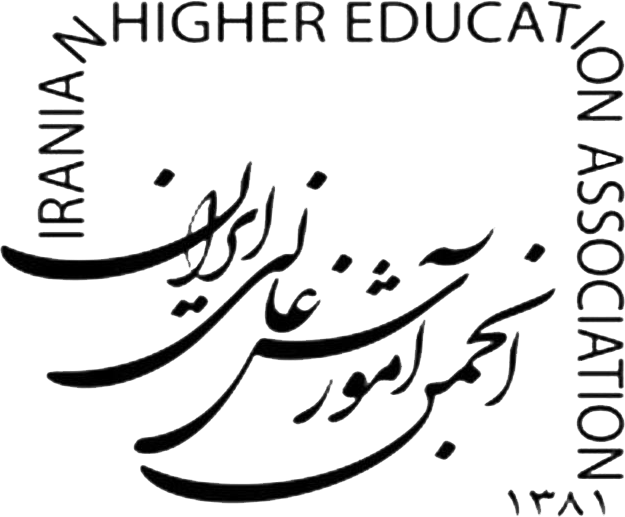Volume 13, Issue 4 (2021)
ihej 2021, 13(4): 86-112 |
Back to browse issues page
Download citation:
BibTeX | RIS | EndNote | Medlars | ProCite | Reference Manager | RefWorks
Send citation to:



BibTeX | RIS | EndNote | Medlars | ProCite | Reference Manager | RefWorks
Send citation to:
Shahmohammadi A, Azizi N. Developing a Model for the Distance Education System as a Teaching Organization Based on Grounded Theory. ihej 2021; 13 (4) :86-112
URL: http://ihej.ir/article-1-1417-en.html
URL: http://ihej.ir/article-1-1417-en.html
1- Payam Noor , anvar1354@pnu.ac.ir
2- University of Kurdistan
2- University of Kurdistan
Abstract: (2694 Views)
Problem and purpose: The purpose of higher education is viewed as a factor in the implementation of economic, social and cultural development programs. The changes, complexities and dynamics that have occurred in the economic, political and social systems in the current era have caused organizations to turn to new methods and solutions for their administration. Therefore, the purpose of this research is to explain the opinions of experts about the effective dimensions of distance education institutions as teaching organizations.
Methodology: Qualitative method of grounded theory strategy was used. The participants in this research were 15 distance education experts who were selected based on purposeful sampling based on selection criteria. Then, they were interviewed and the resulting data were analyzed using three-stage open, central and selective coding method. In order to ensure validity and reliability principles, two methods of reviewing participants and reviewing non-participating experts were used in the research.
Findings: The findings indicate the main effective dimensions and components in the functions of distance education institutions as teaching organizations can be categorized in five core categories and 20 subcategories and 54 formulation components based on which the final conceptual model was presented.
Conclusion: The results show that the lack of policy, the lack of appropriate organizational structure and the existence of educational challenges, along with technical, human, cultural-value, economic and administrative factors as well as the individual characteristics of the manager, support and evaluation system, affect the central phenomenon as a learning organization. The results show that the lack of policy, the lack of appropriate organizational structure and the existence of educational challenges, along with technical, human, cultural-value, economic and administrative factors as well as the individual characteristics of the manager, support and evaluation system, have affected the central phenomenon as a learning organization.
Methodology: Qualitative method of grounded theory strategy was used. The participants in this research were 15 distance education experts who were selected based on purposeful sampling based on selection criteria. Then, they were interviewed and the resulting data were analyzed using three-stage open, central and selective coding method. In order to ensure validity and reliability principles, two methods of reviewing participants and reviewing non-participating experts were used in the research.
Findings: The findings indicate the main effective dimensions and components in the functions of distance education institutions as teaching organizations can be categorized in five core categories and 20 subcategories and 54 formulation components based on which the final conceptual model was presented.
Conclusion: The results show that the lack of policy, the lack of appropriate organizational structure and the existence of educational challenges, along with technical, human, cultural-value, economic and administrative factors as well as the individual characteristics of the manager, support and evaluation system, affect the central phenomenon as a learning organization. The results show that the lack of policy, the lack of appropriate organizational structure and the existence of educational challenges, along with technical, human, cultural-value, economic and administrative factors as well as the individual characteristics of the manager, support and evaluation system, have affected the central phenomenon as a learning organization.
Send email to the article author
| Rights and permissions | |
 |
This work is licensed under a Creative Commons Attribution-NonCommercial 4.0 International License. |





